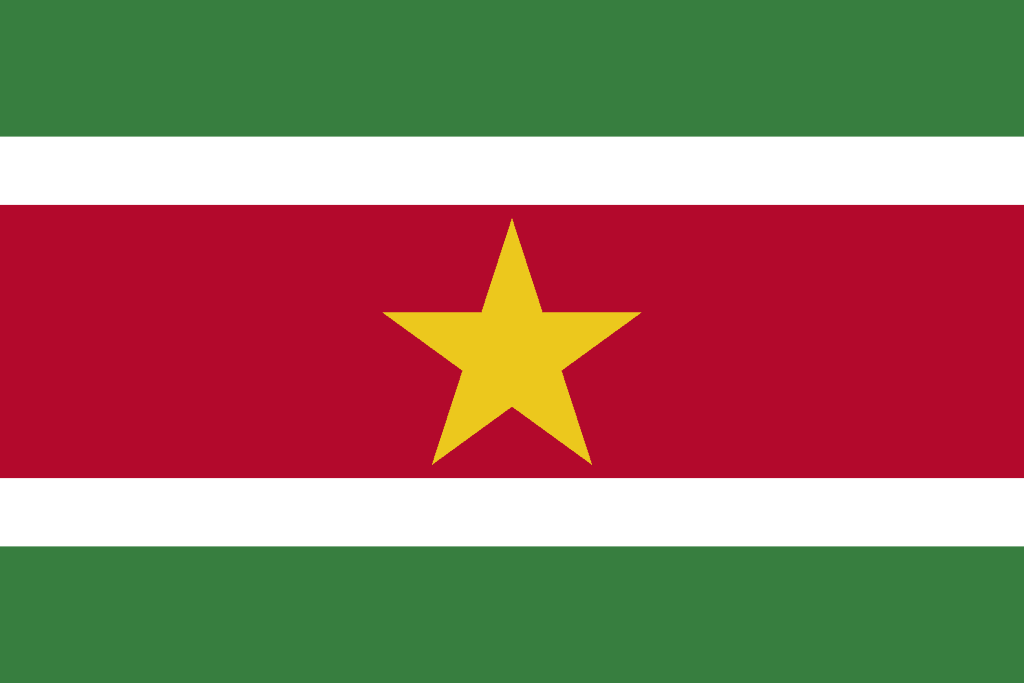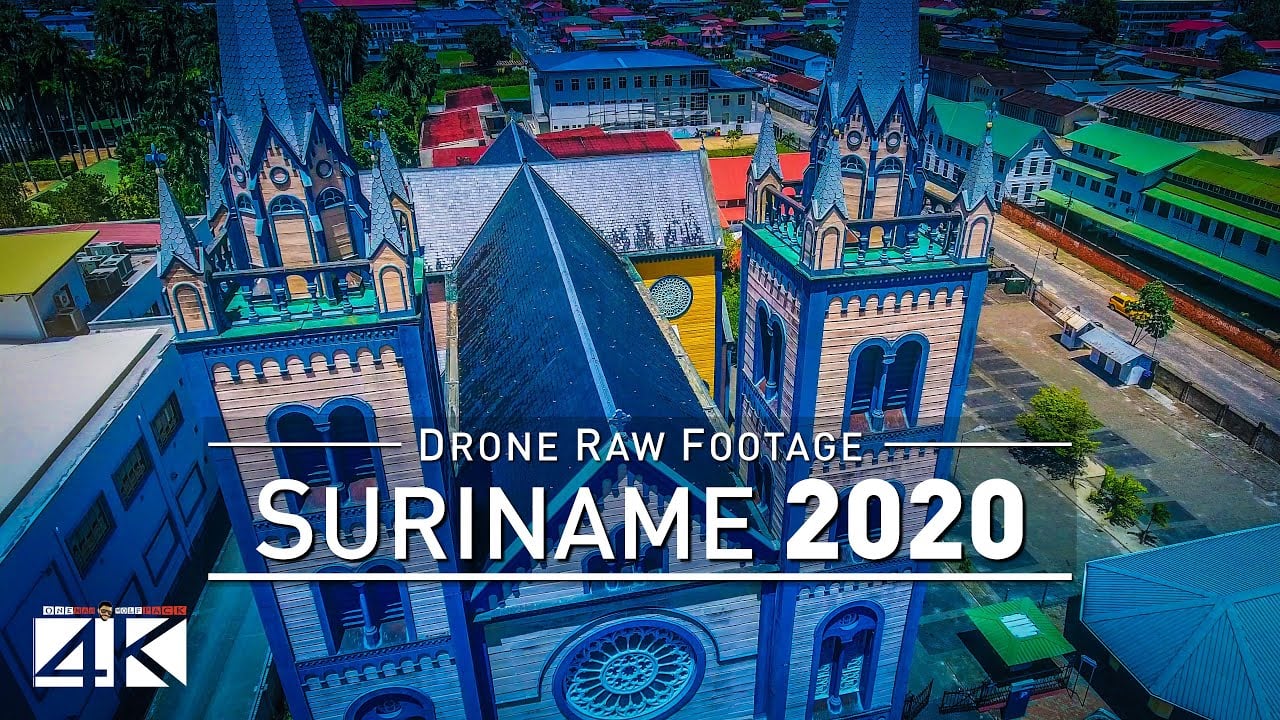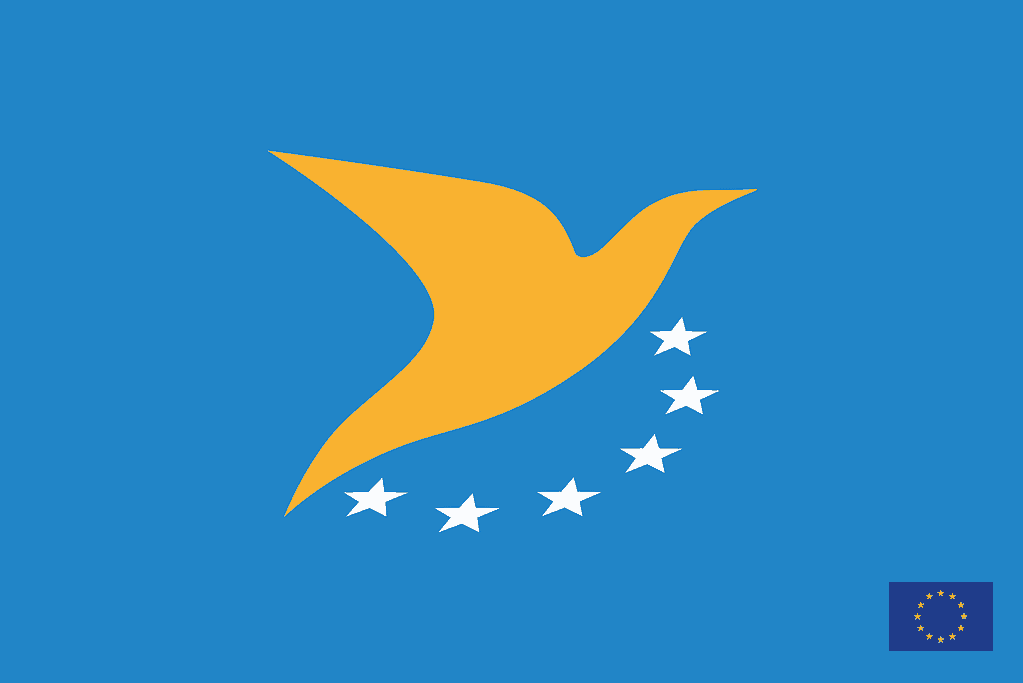Drone Laws in Suriname
Hobbyist Drone Laws For Residents of Suriname
Drone Operations in Suriname are currently regulated.
- Hobbyist drone flights are allowed in Suriname
- Hobbyist Suriname drone pilot license is not required
- Hobbyist Drone registration is not required in Suriname for hobbyists
- Drone Remote ID is not required in Suriname for hobbyists
- Drone Insurance is not required but recommended for hobbyists’ drone operations in Suriname
Read below for more details on Hobbyist Drone Laws in Suriname and to find links to regulators and other credible sources!
Agencies Responsible for regulating drones in the Republic of Suriname
Drone Regulator in Suriname: Civil Aviation Safety Authority Suriname (CASAS)
Link to Suriname Drone Laws: Surname Drone Regulations
UAS Laws – General rules for flying drones in Suriname
The Suriname agency responsible for drone safety, CASAS, has provided several internet-accessible details on flying for fun or work. The highlights are enumerated below. For more details, go to the link above.
Are drones allowed in Suriname?
Here are the most important rules to know for flying a drone in Suriname:
UAS shall be categorized based on their operational purpose and weight as follows:
- UAS for hobby or recreational.
- UAS for professional use. This category applies to:
- Any UAS for commercial use or commercial operation; or
- Any UAS above 25 kg in weight.
- All unmanned aircraft operations shall be remotely piloted. Fully autonomous or semi-autonomous UAS operations are strictly prohibited.
- International UAS operations are strictly prohibited; both the remotely piloted aircraft and the remote pilot station shall be operated within the boundaries of Suriname.
- The remote pilot shall have operational control of the UAS flight. Therefore, the remote pilot is directly responsible for the entire operation of the UAS, and they shall ensure compliance with this DDC.
- The UAS shall not be operated unless it is in a condition for safe operation.
- Before each flight, the remote pilot shall:
- Inspect the UAS to determine whether it is in a condition for safe operation.
- Ensure all command and control links between the ground control station and the UAS are working properly.
- Check if the UAS is powered to ensure enough power is available for the intended operational time.
- Ensure that any object attached or carried by the UAS is secure and does not adversely affect the flight characteristics or controllability of the aircraft.
- Assess the operating environment, considering risks to persons and property in the immediate vicinity both on the surface and in the air. This assessment must include:
- Local weather conditions;
- Local airspace and any flight restrictions;
- The location of persons and property on the surface; and
- Other hazards.
- The UAS shall always operate within the remote pilot’s visual line of sight (VLOS).
- The remote pilot shall not operate the UAS at a lateral distance of less than 50 m from any congested area, buildings, houses, vehicles, vessels, or the public, including organized open-air assembly, spectators, bystanders, or any person not associated with the operation of the UAS.
- The AS shall not be operated at or within 5 km of an airport/aerodrome.
- The UAS shall not be operated at night or during low visibility conditions. The minimum flight visibility, as observed from the location of the control station, must be no less than 4 km.
- The UAS shall not be operated in controlled airspace.
- The UAS shall be operated in a manner that does not interfere with and gives way to any crewed aircraft; The UAS may not be operated so close to another crewed or unmanned aircraft to create a collision hazard.
- The UAS shall not be operated carelessly or recklessly to endanger the life or property.
- A person may not act as a remote pilot in the operation of more than one UAS simultaneously.
- The UAS shall not be operated in prohibited or restricted airspace unless the remote pilot has permission from the using or controlling agency.
- UAS shall not be operated to drop or discharge any items to the ground.
- The remote pilot shall report to CASAS within five calendar days by email or letter any operation of the UAS involving:
- Injury to any person; and or
- Damage to any property other than the UAS
- Upon request, the remote pilot, owner, and operator of a UAS shall allow authorized inspectors of CASAS to conduct any test or inspection of the UAS and/or the remote pilot to determine compliance with this DDC.
Notes for recreational drone pilots flying for fun in Suriname
- The UAS (R) shall be flown strictly for hobby or recreation.
- The weight of the UAS (R) shall not exceed 25 kg.
- The Remote Pilot of a UAS (R) shall be at least 16 years of age.
- The UAS (R) shall not be operated at an altitude greater than 120 m above ground level (AGL).
- The UAS (R) shall not be operated at a lateral distance of more than 500 m from the location of the Remote Pilot.
- Per the Civil Code, the Remote Pilot of a UAS (R) is liable for damages to third parties caused by the UAS operation. It is strongly recommended that the Remote Pilot holds appropriate insurance for any damages to third parties caused by the UAS operation.
Follow the general rules listed above, but check for updates by visiting the regulator’s links provided.
Commercial Drone Laws For Residents of Suriname
Drone Operations in Suriname are currently regulated.
- Commercial drone flights are allowed in Suriname
- Commercial Suriname drone pilot license is not required
- Commercial Drone registration/authorization is required in Suriname for commercial drone operators
- Drone Remote ID is not required in Suriname for Commercial Drone Operators
- Drone Insurance is required for commercial drone operations in Suriname
Read below for more details on Commercial Drone Laws in Suriname and to find links to regulators and other credible sources!
Notes for operating Commercial Drone Services in Suriname
For the operation of UAS (P) the following Terms, Limitations, and Conditions are
applicable:
- No person shall remotely pilot a UAS for professional use unless he/she holds a UAS (P) Operating Authorization issued by CASAS.
- The Remote Pilot applying for a UAS (P) Operating Authorization shall:
- Complete and submit the UAS (P) application form;
- Be at least 21 years of age;
- Present proof that he/she has been trained, tested, and found to be competent to act as the remote pilot of a UAS (P);
- Demonstrate to CASAS that he/she is competent to operate the UAS (P) safely by carrying out such maneuvers while in control of the UAS (P) as CASAS may require;
- Register the UAS (P) in the unmanned aircraft register at CASAS. The application for registration shall be accompanied by the Manufacturer’s Technical Specifications of the UAS (P).
- Obtain no objection from the Air Traffic Service Provider for the intended UAS operation(s).
- Present to CASAS any other document considered necessary to ensure that the intended operations will be conducted safely.
- When the requirements under (iii) (2) above have been met, CASAS may issue a UAS (P) Operating Authorization to the applicant.
- The US (P) Operating Authorization shall contain all applicable additional operations specifications, including operating limitations and deviations.
- The UAS (P) Operating Authorization shall be valid for 1 (one) year or the duration of the intended operation, whichever is less.
- CASAS must approve any special equipment fitted on the UAS (P), which shall be included in the UAS (P) Operating Authorization.
- The UAS (P) shall only be operated in airspace specially segregated by the Air Traffic Service Provider for that specific purpose.
- The Aeronautical Information Service (AIS) provider shall issue a Notice to Airmen (NOTAM) to make other airspace users aware of the UAS (P) operation and therefore, segregated airspace.
- No person shall operate a UAS for professional use unless he/she has presented proof of having the necessary Liability Insurance to CASA.
See the general rules above.
Drone Regulations For Visitors To Suriname
Drone Operations in Suriname are currently regulated.
- Foreign visitor drone flights are allowed in Suriname
- Foreign visitor drone pilot license is not required
- Drone registration/authorization is required in Suriname for visitors/tourists
- Drone Remote ID is not required in Suriname for tourists
- Drone Insurance is not required but recommended for tourist drone operations in Suriname
Read below for more details on Drone Laws in Suriname for Visitors (Tourists) and to find links to regulators and other credible sources!
Drone Rules For Government Drone Operators in Suriname
Drone Operations in Suriname are currently regulated.
- Government drone flights are allowed in Suriname
- Government drone pilot license is required
- Drone registration is required in Suriname for Government operations
- Drone Remote ID is not required in Suriname for Government operations
- Drone Insurance is not required for Government drone operations in Suriname
Read below for more details on Drone Laws uriname for Government Drone Operations and to find links to regulators and other credible sources!
Useful published information on flying drones in Suriname
Here is a sample of what you might expect if you follow the drone laws and fly in Suriname…
Authoritative Sources of Information on Suriname Drone Laws
We will attempt to keep an updated list of online authoritative links to regulators and other official websites here:
- Drone Regulator Website: Civil Aviation Safety Authority Suriname (CASAS)
- Link To SUAS Laws: Surname Drone Regulations
- No Fly Zone Maps/Locations: N/A
- UAV Registration Site: N/A
- Drone Operator Licensing Site: N/A
- Others: N/A
NOTE: This page is about the Regulation of Unmanned Aerial Vehicles: Small Unmanned Aerial Systems (SUAS), Small UAS, Remote Piloted Aerial Systems (RPAS), unmanned aerial vehicle (UAV), Unmanned Aerial System (UAS), and drone are interchangeable terms unless specified. Model Aircraft, toy, remote-controlled, and RC aircraft may be covered by the same regulations unless specified.
Find out why
We think you must use a Drone Preflight Checklist
And a Drone Post-flight checklist
Free Drone Flight Checklist PDF
This Drone Flight Checklist is better than others.
It’s free!
It includes both the preflight checklist and post-flight checklist
It’s an easy-to-use printable PDF that covers all your bases.
Traveling with a Drone?
Click here to read our Comprehensive Guide For Traveling With A Drone.
LET US CONNECT YOU
Calling All Drone Service Companies, Trainers, Tour Guides with Drone Experience
Contact Us with your website, email address and phone number using our Contact Page
We want to share your information with visitors who look for credible providers that follow the rules.
NOW IT’S YOUR TURN





Leave a Comment